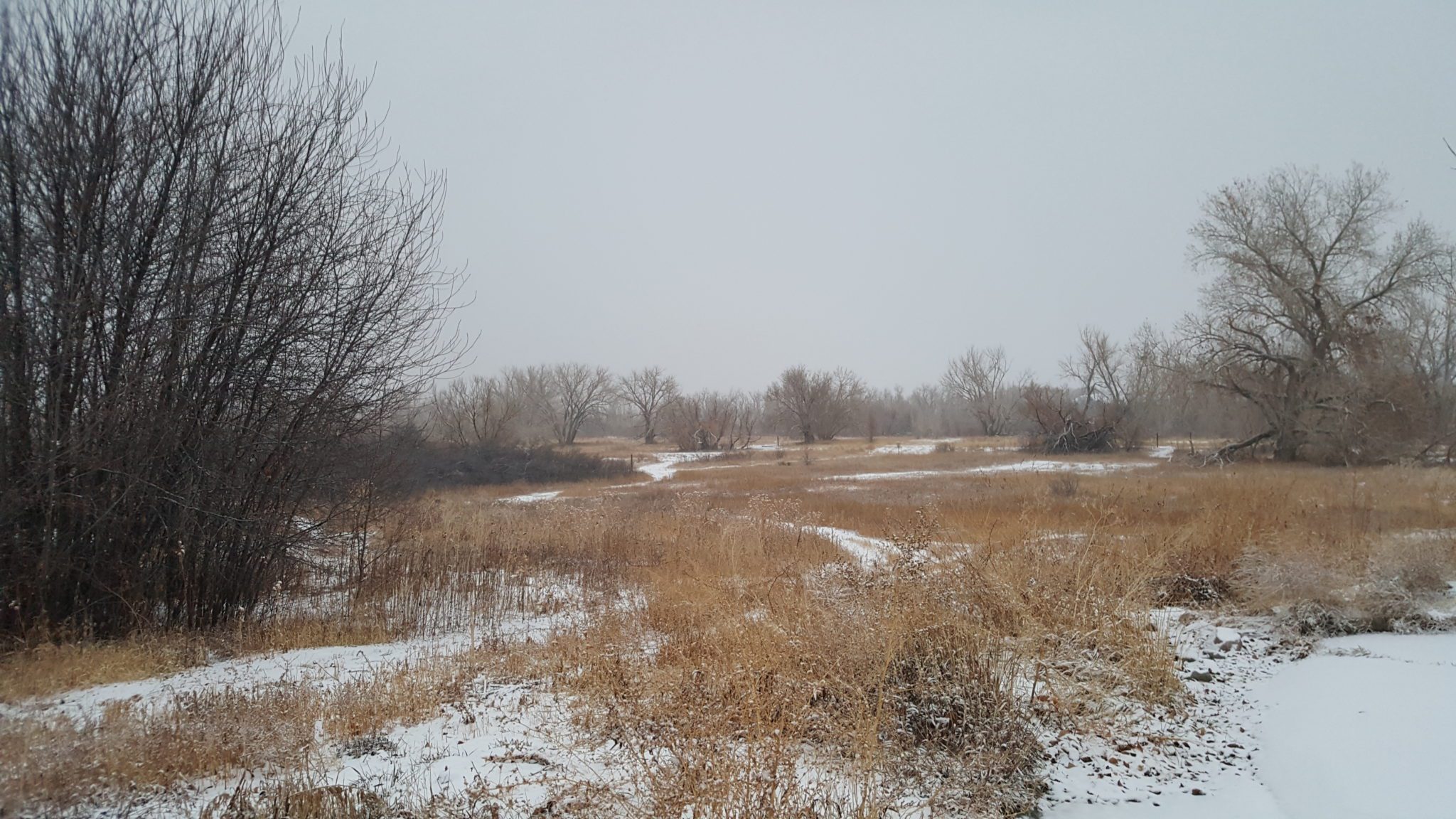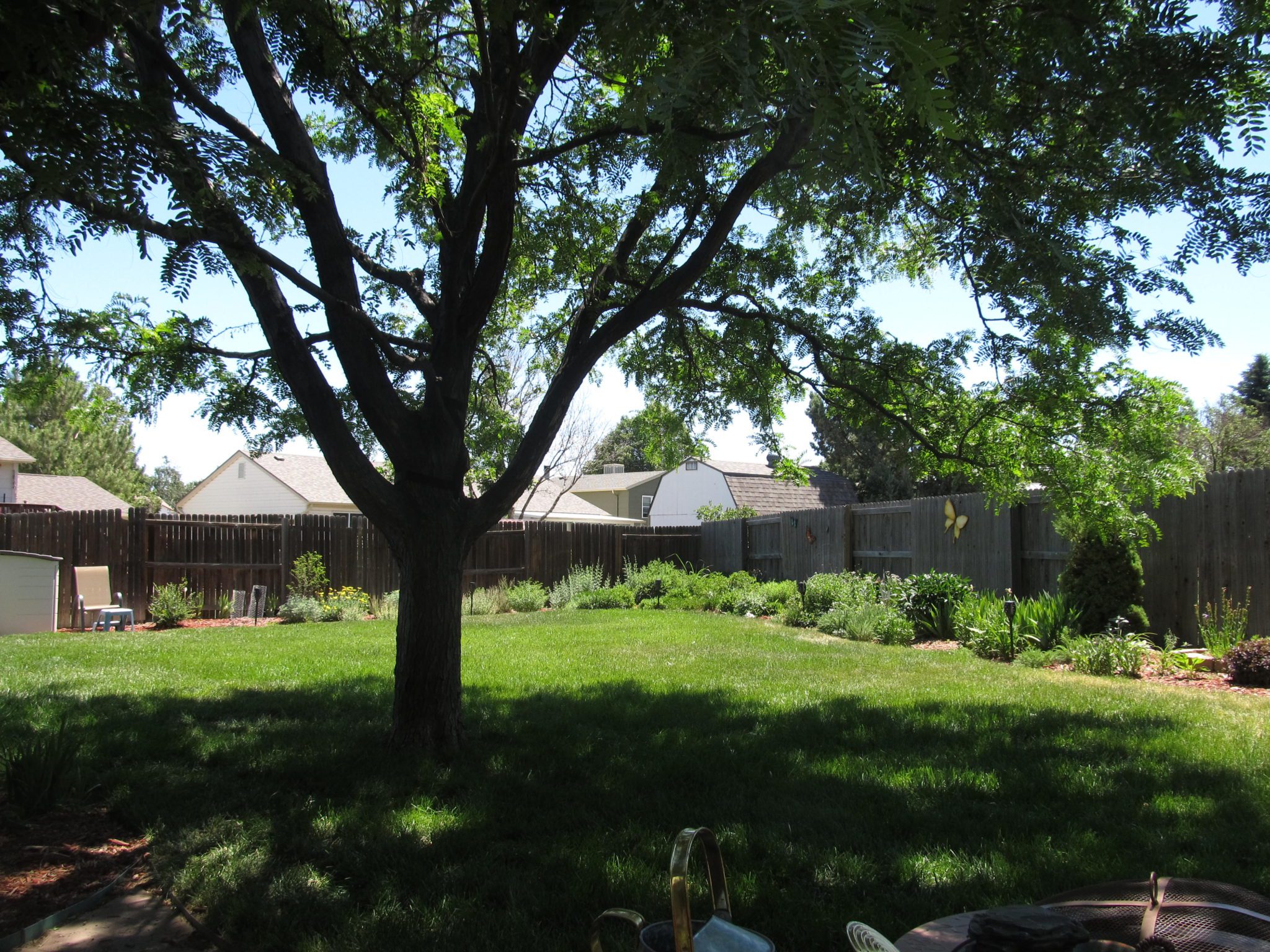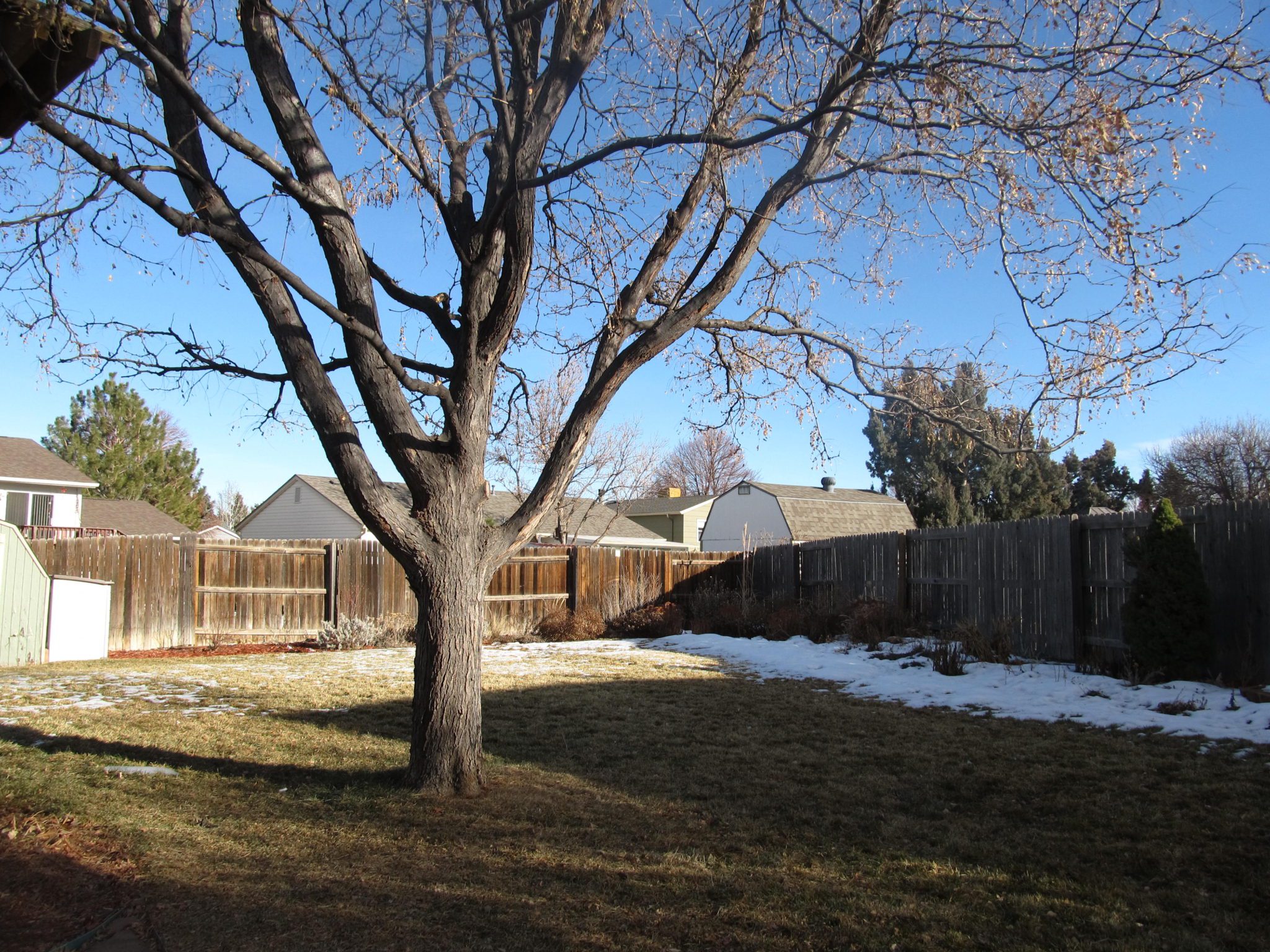“How can those who do not garden, who have no lot in the great fraternity of those who watch the changing year as it affects the earth and its growth, how can they keep warm their hearts in winter?”
Francis King

The solstice occurred this morning, specifically at 3:02 A.M. here in the Denver metro area, thus marking the return of winter.
Winter, the dreariest of the seasons, is the time of year when the weak sunlight provides little warmth and the bare branches of trees look like cold skeletal fingers clawing at the low, grey clouds scudding overhead. The days are short, the nights are long and the outside world is eerily still and quiet. As you can see, I am not a fan of this season.
One of the bloggers I follow, Ann Althouse, calls the 15 days before and the 15 days after the winter solstice the “dark month”. By her reckoning, this year the dark month started on Dec 6th and ends on Jan 5th. After that the world begins to brighten.
I have a different method of reckoning. I label the time period from 30 days before the winter solstice to the 30 days after as “deep winter”. So, by my reckoning, this year “deep” winter goes from November 21st to January 20th. After that we move into what I call “mid-winter”.
(Conversely, I call the 30 days before and the 30 days after the summer solstice “high summer”, when the sunlight is at its brightest and the days are the longest of the year).
I think this desire to mark the beginning and end to the darkest period of the year is harkens back to our ancient ancestors, who created impressive celestial calendars in order to track when the sun would begin its northern ascent once again. Stonehenge and Chaco Canyon (to name a couple) were designed and built to mark when the solstices and equinoxes occurred. For the ancients, these events had both practical and spiritual meanings.
For modern humans, who mark time by the month, day, hour and minute instead of by the seasons, the winter solstice has lost such powerful importance. But even today the solstice still denotes a turning point for us. Over the past six months the days have been growing ever shorter. But now that we’ve passed the solstice, the days gradually lengthen until they reach their zenith on June 21st, 2021.
This change will be imperceptible at first, but as “deep” winter slowly rolls over into mid-winter, the shift will become ever more obvious and the darkest part of the year will become once again but a memory.
Well, at least until the next winter solstice.
“the summer chair
Jack Kerouac
rocking by itself
in the blizzard”



